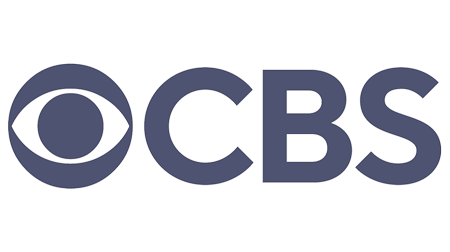Hope all is well with you. As I predicted last weekend a sell-off on Friday capped a rough week that sent major U.S. stock indexes to weekly declines of around 2% to 3%. The S&P 500 and NASDAQ retreated from record highs in a week packed with news about tariffs, jobs, GDP, earnings, and U.S. Federal Reserve policy. The market however is still strong. U.S. stock indexes climbed for the third month in a row as the S&P 500 added 2.2% and racked up 10 record closing highs. Information technology was the top-performing sector for the third consecutive month. Tech stocks have gained nearly 28% on a cumulative basis, and that’s with Apple not really participating in the rally so far. Ozzy Osbourne’s funeral was this week, I have broken down this week’s update using the lyrics of Crazy Train.
Mental wounds still screaming
President Trump after years of being attacked by his adversaries, the mental wounds are showing. The President immediately fired bureau of labor statistics (BLS) commissioner Erika McEntarfer hours after the release of a weak jobs report. Without evidence, Trump called the data “rigged” and implied that BLS manipulated the numbers “for political purposes.” Stock prices and bond yields dropped on Friday after an employment report. The report fell short of expectations and showed that previous months’ jobs growth was much slower than had been initially estimated. The economy generated 73,000 new jobs in July and initial estimates for the previous two months’ gains were revised downward by a combined 258,000. As a result, totals for April and May were just 19,000 and 14,000, respectively. Ironically, the surprisingly weak jobs report could push the Fed towards lowering interest rates in the upcoming September meeting, something the President has been requesting for months.
One person conditioned to rule and control
Trump’s attempt to single handedly renegotiate trade agreements with every nation in the world has started to yield results. The Trump administration’s Friday deadline to reach tariff agreements produced a surge of announcements. Trading partners such as the European Union and South Korea were among those that reached full or partial deals to limit previously announced tariff increases. Canada, India, and Brazil remained at odds with U.S. negotiators and talks continued with other major partners such as China and Mexico. The administration has made more progress than expected. The tariffs placed on Friday will cause volatility but it should not be anywhere near as extreme as what we saw in April.
I’ve listened to preachers, I’ve listened to fools
There are many pundits and government officials on both sides of the interest rate debate. U.S. Gross Domestic Product (GDP) showed the economy expanded at a 3.0% annual rate. It marks a positive turnaround after GDP slightly contracted in the previous quarter. It would be foolish to put too much stock in the latest quarter’s GDP. It was boosted by a decline in imports. U.S. businesses cut back on foreign-made goods after previously rushing to stock up on those products ahead of higher tariffs. Using the recent economic strength to rush into rate cuts is a mistake. The Federal Reserve continues to preach patience and discipline.
This is the right course of action. The U.S. Federal Reserve held off on cutting interest rates for its fifth consecutive policy meeting. However, two voting members dissented. Stocks slipped following the meeting after Chair Jerome Powell said that a potential rate cut at the Fed’s mid-September meeting was far from guaranteed. Here is why I think Powell is correct that cutting rates too soon could be risky. Businesses facing higher import costs due to tariffs have a few options. Some businesses like a NYC bodega pass that higher cost to the consumer immediately. However, larger businesses try absorbing the costs or finding new suppliers before passing the costs on to consumers. This process takes time, especially in industries with long supply chains and inventory cycles. This means the full impact of tariffs on consumer prices may not be immediately apparent.
There is also a lot of pent up demand for mortgages as real estate markets have been stagnant as buyers don’t want to finance at current rates. Lower interest rates will stimulate a wave of borrowing. In and of itself that is not a bad thing. In the presence of underlying inflationary pressures from tariffs it potentially exacerbates the inflation pushing it much higher than desired. Remember the Fed’s desired inflation target is 2%.
Heirs of a cold war, that’s what we’ve become
The rhetoric between the U.S. and Russia heated up this week. In a warning to Russia, President Donald Trump said Friday he’s ordering the repositioning of two U.S. nuclear submarines “based on the highly provocative statements” of the country’s former president Dmitry Medvedev. Trump has said that special envoy Steve Witkoff is heading to Russia to push Moscow to agree to a ceasefire in its war with Ukraine and has threatened new economic sanctions if progress is not made. He cut his 50-day deadline for action to 10 days, with that window set to expire next week. This situation bears monitoring as it has the potential to move markets sharply in either direction.
Please use my calendar link below and schedule a phone or zoom appointment. The calendar link allows you to schedule a call as early as the next day. If it has been a while since your last review, please schedule.





